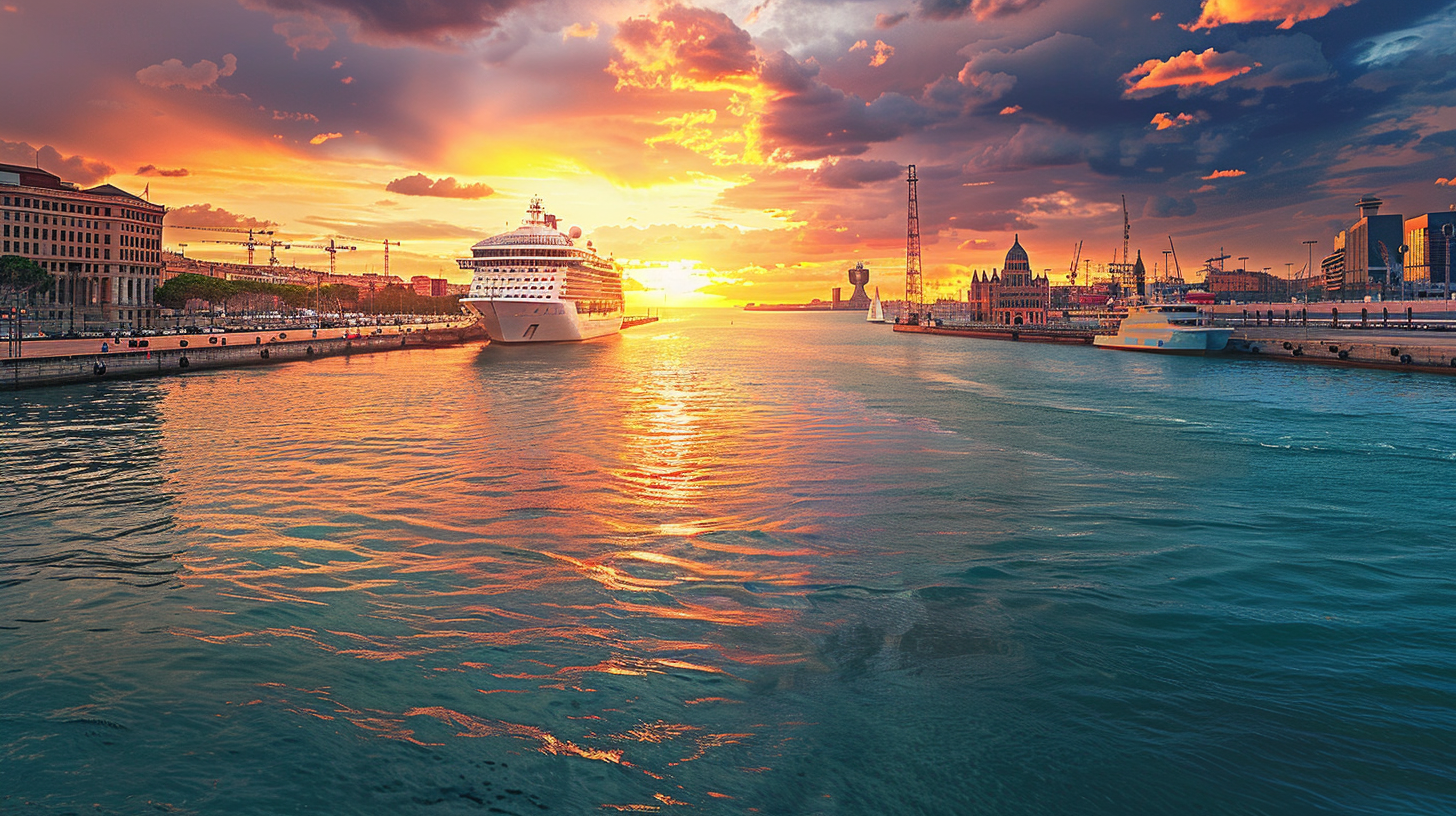- By China Top Freight
- December 23, 2024
- International Transportation News
December 20, 2024 | Source: China Times News
On December 18, Wan Hai Lines’ CEO, Hsieh Fu-lung, stated that the future of container shipping primarily depends on four major external factors: strikes, tariffs, port congestion, and wars.
Currently, freight rates remain high. Hsieh anticipates that prices could rise further before the Lunar New Year, and the fourth-quarter performance is expected to be the second highest of the year, after Q3. If the first half of 2025 sees similar operational conditions, the market could perform at a level comparable to the fourth quarter of this year.
At present, West Coast rates are around $4,000 per FEU, while East Coast rates stand at approximately $5,300 per FEU. Concerns over a potential strike on the East Coast have led to increased freight volumes, along with factories rushing to complete shipments before the year-end, resulting in a price rebound in December. Hsieh predicts that rates in January are likely to rise, with West Coast rates potentially reaching $5,000 and East Coast rates climbing to $6,000.
Regarding the potential East Coast dockworker strike, Hsieh noted that the likelihood of a strike is high, but expected to be brief. For example, a strike in early October lasted only three days, with minimal impact. However, if the strike extends and disrupts schedules, leading to delayed returns to Asia for cargo loading, a space shortage could emerge.
Additionally, Hsieh commented on the uncertain impact of Trump’s tariffs on the shipping industry, noting that future cargo volume and rate trends are unpredictable. These factors may initially cause shifts in supply chains, triggering a surge in shipping demand and higher rates. However, if this trend leads to inflation at the retail level, it could reduce cargo volume and negatively affect rates.
The increasing size of vessels has also contributed to port congestion, which has supported high rates. Hsieh explained that the growth in ship size has outpaced port capacity, leading to extended turnaround times. For instance, ports like Singapore now experience waiting times of 4 to 5 days, and congestion at major ports such as Shanghai and Ningbo has caused operational disruptions, further lowering vessel turnover.
Wan Hai has delivered up to 12 ships this year, with 3 vessels of 13,000 TEU expected in 2025 and 2 vessels of 7,000 TEU in 2026. Large vessels will primarily serve the U.S. routes, which currently account for 25% of revenue, while Asian routes make up 35-40%. Hsieh revealed that once the number of vessels reaches a certain level, the company will consider expanding into the European market.
Disclaimer: This message is a reprint from other media sources. The content is provided for informational purposes only and does not reflect the opinions or confirm the accuracy of the descriptions. The article is for reference and not intended as investment advice.


